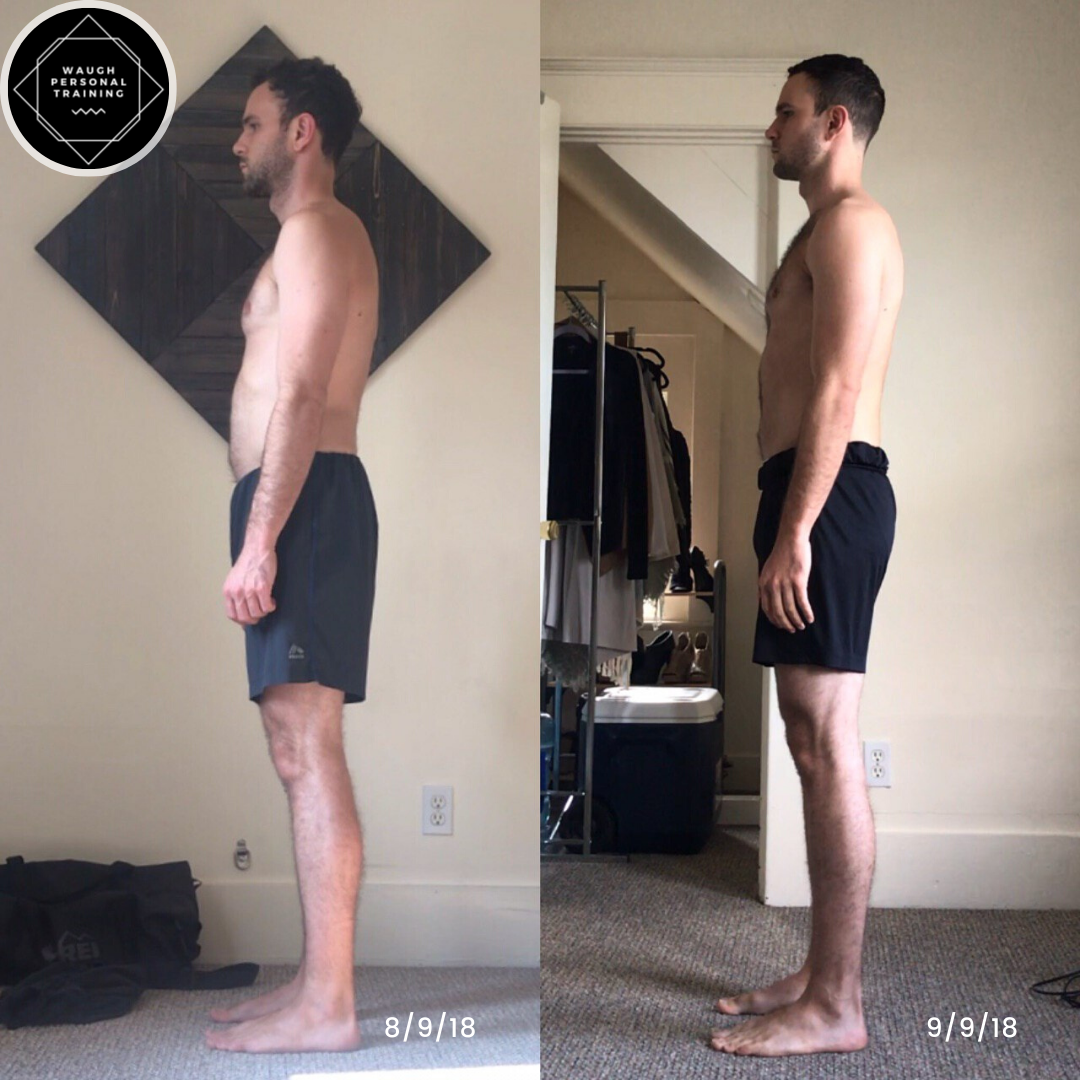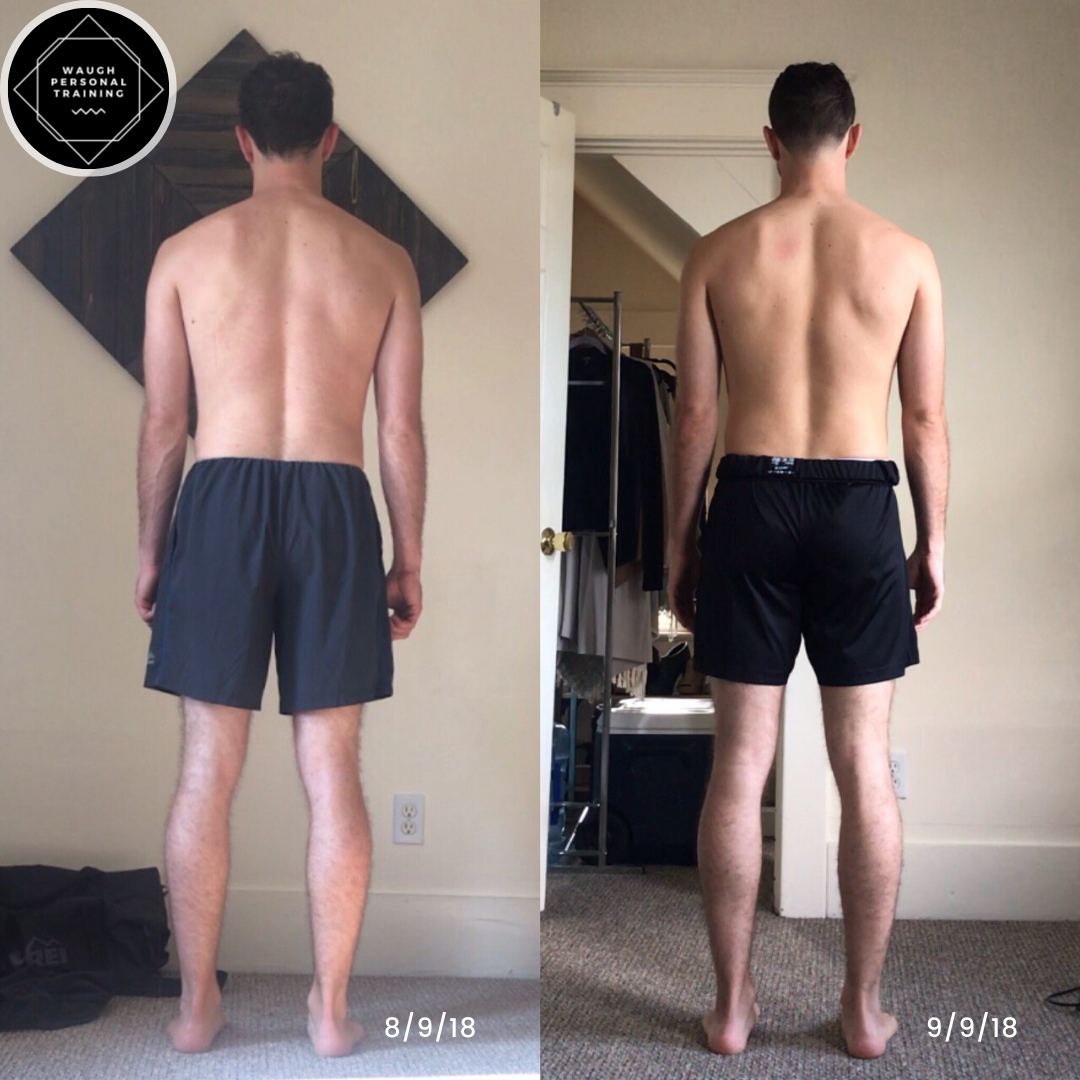Good Posture - What Is It?
Kyle Waugh PTA, CSCS, CPT and Jake Dunn PTA, CPT discuss the semantics of the term “posture,” what it takes to unconsciously control it, pectoralis major tears while benching, and much more in episode 2 of Portal PT Talks. Jake is a strength and movement coach based out of Dallas, TX. He specializes in posture optimization, athletic development, and pain management. He strives to bring self awareness to the human system through movement, respiratory training, sensory integration, and other systemic approaches. From our conversation, we define posture, how to train it, and some exercises to try out. Scroll below to listen to the full podcast find out exercises to improve your posture.
Many people associate the word “posture” with how one stands or sits. In western cultures, it has become a way to separate someone that is athletic or fit and someone that is unhealthy. The word is a centerpiece for many physical therapists, chiropractors, massage therapists, and personal trainers in their methodologies and marketing. Today, we look to define what posture really means and how to change it.
What Is Posture?
“Posture is a reflection of the “position” of many systems that are regulated, determined and created through limited functional patterns. These patterns reflect our ability and inability to breathe, rotate and rest symmetrically.”
Robert Hruska is the founder of the Postural Restoration Institute and specializes in chronic pain, human biomechanics, and nuromusculoskeletal retraining. From the above quote, we can see that posture isn’t just some rigid standing pose. Rather, it’s different positions in space that we as humans move into and out of. This is based off the process and view of allostasis. Posture is every phase of your walking, how you squat, crawl on the floor with your doggo - it’s every movement we do on a microscopic level.
Our ability to assume different postures is one of the many reasons we’ve been successful as a species. We’re able to manipulate our body and environment around us to adapt to different needs for survival. For example, imagine trying to hold an upright posture when needing to crawl through a hole in the ground. Impossible right?
How Does Posture Get “Bad?”
We typically think of “bad” posture as being slouched, hunched back, having a forward head, etc. but really it’s having a lack of movement options or being “stuck” in a certain position. For example, having rounded shoulders and excessive kyphosis is a normal position humans can get into. But it becomes an issue when we cannot get out of that position. You can pull your shoulders back all day at your desk or standing up, but you’ll always find yourself falling back into that position (I’m speaking from experience).
When you’re stuck in a position or “bad” posture, it’s usually due to the nervous system holding you there via muscle tone, though fascia and bone morphology may have an influence as well. Many factors such as stress, habit, age, and plenty more add up to you being stuck in these positions. The nervous system feels safe and successful in the position, thus it become the new “default” for you over time. The body then takes this position or “bad” posture and starts using it for other movements such as standing, walking, etc.
So How Do You Change Posture?
So assuming you’ve bought that posture isn’t a single, rigid upright position, how do we change all of these small movements that we do or create new “defaults?” Well the body uses many different systems in order to create movements and perceive our environment. This is all controlled by the brain and nervous system and is constantly bringing in data and processing it in order to match the need of whatever we’re doing. So trying to control this consciously is nearly impossible. It’s hard enough just keeping your shoulder back at your desk, but imagine having to control every muscle fiber in your body while you walked across a busy street. Again, impossible right?
Good thing we have an amazing brain and nervous system that can modulate all of this information for us. This allows our conscious mind to focus on whatever task is at hand like getting food, scrolling through Instagram, or pulling your dog away from the nasty garbage on the sidewalk.
Influence The Nervous System
To truly change how your body is associating to its environment and how it holds itself in space, we need to get the brain and nervous system on our side. One way to do this is by breathing or utilizing the respiratory system. Theres a lot of bang for our buck here as breathing can influence the abdominals, ribcage, spine, and organs while also tapping into the nervous system via the vagus nerve that passes through the diaphragm (polyvagel theory).
Now, your scapular retractions, chin tucks, planks, and other posture exercises are not bad. But they’re not necessarily efficient as they do not take into account the nervous system. You can create some neruoplasticity by doing the exercises long enough, but it does not guarantee that they will transfer over into a new unconscious posture or “default.”
Exercises To Try
Below I’ve linked multiple exercise to try that integrate breathing to tap into the nervous system, while activating certain muscle groups that can potentially help your posture.
90-90 Hip Lift
This exercise focuses on:
Neutralizing the pelvis and ribcage
Gaining neuromuscular eccentric abdominal control during inhalation of air
Gaining neuromuscular concentric hamstring and adductor control over the pelvis during a posterior pelvic tilt
360 degree ribcage expansion and spinal mobility
This exercise focuses on:
Neutralizing the pelvis and ribcage
Gaining neuromuscular eccentric abdominal control during inhalation of air
Promoting posterior expansion of the thoracic spine
Neuromuscular inhibition of latissimus dorsi musculature
Neuromuscular activation of serratus anterior musculature
This exercise focuses on:
Neutralizing the pelvis and ribcage
Gaining neuromuscular eccentric abdominal control during inhalation of air
Gaining neuromuscular concentric hamstring and adductor control over the pelvis during a posterior pelvic tilt
360 degree ribcage expansion and spinal mobility
Neuromuscular activation of serratus anterior musculature
Personal Posture Gains
By performing the above exercises, I was able to adjust my relaxed standing posture over the course of one month (8/9/18 left-9/9/18 right). My goal was not to improve this posture, but to decrease hip and back pain I had suffered from for three years. This was just the start of my process and I have now surpassed just standing better to mastering squatting, sprinting, crawling, and many other postures and patterns completely pain free.




The major differences are in the sagittal plane (left and right sided photos). You can see the difference in anterior pelvic tilt, abdominal distention, thoracic curvature, and head position. Another thing to look at is the difference in how my body weight is distributed through my feet. Will you achieve these same results? Who knows, but it could be worth it to try.
To summarize, posture can be defined as the positions we attempt to get into and out of via movement. It only becomes “bad” posture when we get stuck in one of these positions. The best way to get “unstuck” is to influence the nervous system via breathing and neuromuscular positioning activities.
Want To Improve Your Posture? Schedule A Free Consultation Below!
Disclaimer: All exercises are typically utilized in conjunction with an in-depth examination of joint range of motion. The goals of these activities are to neutralize the pelvis and ribcage in sagittal plane. Do not perform unless consulting a movement specialist.
